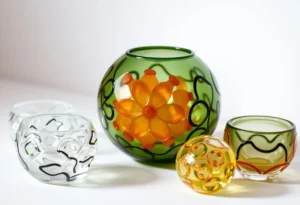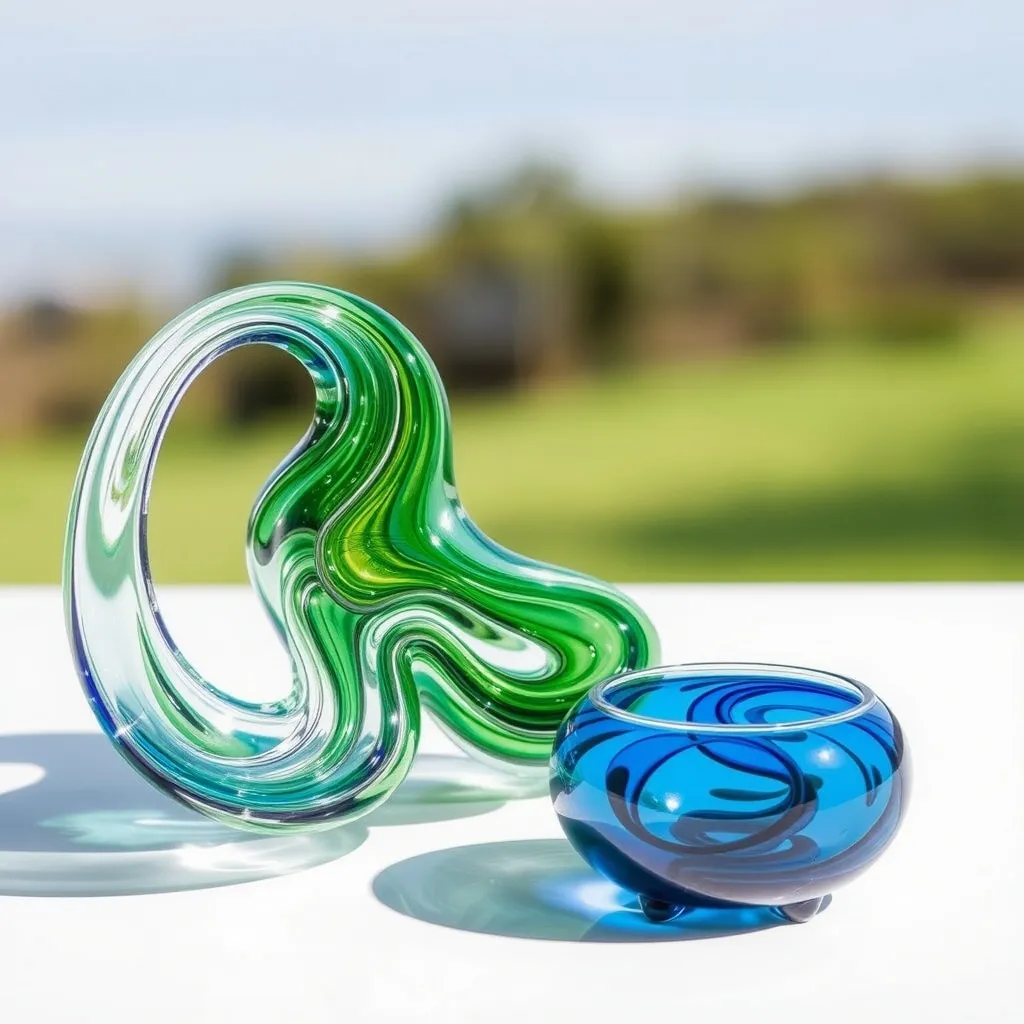> Blogs > Precautions in Making Glass Handicrafts: Ensuring Safety, Quality, and Precision
Precautions in Making Glass Handicrafts: Ensuring Safety, Quality, and Precision
Key Directory Guide
Glass handicrafts are a unique blend of artistry and technical expertise. The process of creating intricate designs and decorative pieces requires not only creativity but also meticulous attention to safety, material handling, and craftsmanship techniques. Whether you are a beginner or an experienced artisan, taking the right precautions is essential to ensure a safe and successful crafting process. In this article, we will explore the key precautions to consider when making glass handicrafts, from handling materials to maintaining the final quality of your creations.
Safety measures for handling glass and tools during glass handicrafts
Working with glass can be both fascinating and hazardous. The material is delicate yet sharp, and the crafting process often involves high temperatures and precision tools. To minimize risks, following strict safety protocols is crucial.
-Essential Protective Gear for Glassworking Safety
Wearing the right protective equipment is the first line of defense against potential injuries. Safety goggles protect your eyes from glass shards and debris, while heat-resistant gloves and an apron safeguard against burns from molten glass. A well-ventilated workspace is also necessary to prevent inhaling fumes from heated glass or adhesives.
-Safe Handling of Glass Pieces
Mismanaging glass can result in breakage and injury. Always use tools designed for the purpose when cutting or shaping glass, such as glass cutters, nippers, and grinders. Keeping a firm grip and working on a stable surface minimizes the risk of accidental slips. If glass does break, carefully dispose of sharp fragments using a designated container.
-Workplace Safety Practices
A clutter-free and well-lit workspace is essential when crafting glass handicrafts. Flammable materials should be kept away from heat sources, and fire extinguishers should be accessible in case of an emergency. Additionally, having a first-aid kit readily available can help address minor injuries promptly.
Techniques and Material Considerations
Glass handicrafts require precise techniques and an understanding of how different types of glass behave under varying conditions. Choosing the right materials and mastering essential techniques can make a significant difference in the final product.

-Selecting the Right Type of Glass
Not all glass is created equal. Depending on your project, you may need different types of glass, such as stained glass, borosilicate glass, or fused glass. Each type has unique properties that affect how it responds to heat and shaping processes. Understanding these differences helps prevent cracking and ensures the desired outcome.
-Temperature Control and Annealing
Temperature fluctuations can cause stress within the glass, leading to breakage. Annealing, the process of slowly cooling glass, helps release internal stresses and improves durability. This step is especially important for blown glass or fused glass projects, where sudden cooling can result in cracks or distortions.
-Precision Cutting and Molding
Achieving clean and precise cuts requires both the right tools and steady hands. A well-maintained glass cutter ensures smooth edges, while a grinder can refine sharp corners. When molding or fusing glass, understanding how heat affects the material allows for better control over the final shape.

Ensuring Durability and Aesthetic Quality
Beyond safety and technique, achieving high-quality glass handicrafts requires attention to detail and finishing touches that enhance both durability and visual appeal.
Proper Polishing and Finishing
After shaping, polishing the edges of the glass enhances both safety and aesthetics. Diamond polishers and buffing tools can smooth out rough edges, preventing cuts while improving the transparency and shine of the piece.
Quality Control and Testing
Before finalizing a piece, inspecting for imperfections such as bubbles, cracks, or weak joints ensures that the artwork meets quality standards. Testing for durability, such as gently tapping the fused glass to check for stability, helps confirm that the structure is sound.
Storage and Maintenance Tips
Proper storage prevents accidental damage to finished pieces. Wrapping glass items in soft materials and storing them in padded containers helps avoid chipping or scratches. For decorative glassware, advising customers on proper cleaning methods—such as using mild detergents and soft cloths—prolongs the beauty of the craft.
Conclusion: Mastering Glass Handicrafts with Precision and Care
Crafting glass handicrafts is both an art and a technical skill that demands patience, expertise, and safety precautions. From handling sharp edges to mastering temperature control, each step requires careful attention to prevent accidents and ensure the longevity of the final product.
Contact us Today

- : info@shdcrystal.com
- : +86-755-2335 8353
- : No. 68 Shasong Road, Shajing Street, Bao'an District, Shenzhen, Guangdong Province
Follow us